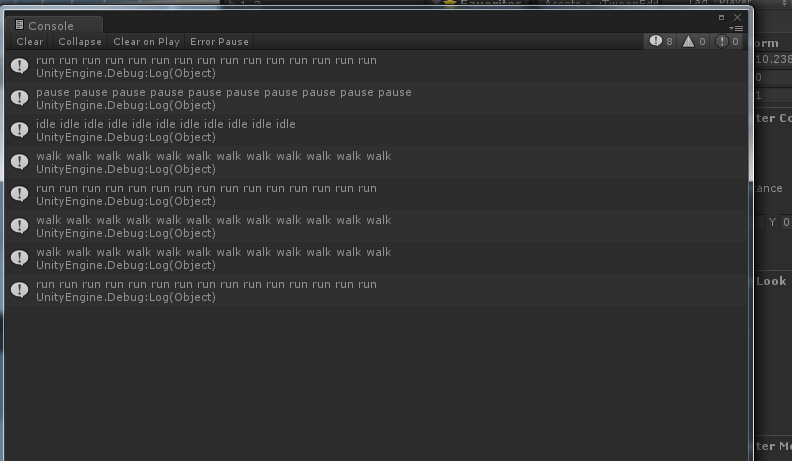地理空间基础设施定义:
Geospatial cyberinfrastructure (GCI), which integrates computer hardware, software, communication networks, data and human resources into a seamless whole, provides a software platform to allow complex system modeling and the integration of distributed scientific data.
地理空间基础设施是指集计算机硬件、软件、通信网络、数据和人力资源等于一体,构建一个无缝集成的软件平台,允许复杂系统建模和分布式科学数据的集成。
Geospatial cyberinfrastructure (GCI)
- Center for Intelligent Spatial Computing, and Department of Geography and Geoinformation Sciences, College of Science, George Mason University, Fairfax, VA 22030-4444, United States
- Science Data Engineering and Archiving, Instrument Software and Science Data Systems Section, Jet Propulsion Laboratory, Pasadena, CA 91109, United States
Our interest in the emerging field of GCI was piqued by the high-quality, groundbreaking presentations at several CI-related sessions we organized at the 2008 and 2009 AAG meetings. Dr. Jean-Claude. Thill, the editor of CEUS, shared our views, and agreed to publish a special issue of CEUS to capture recent GCI developments. The editorial review process began in 2008 with 10 abstract submissions, of which we selected 6 papers for further consideration. Eventually, three papers passed the formal review process and we added a field review paper co-authored with Drs. Michael Goodchild and Mark Gahegan, which was also submitted to the customary peer-review process.
Collectively, the four papers cover different aspects of GCI including a general overview of GCI; high performance computing (HPC) in GeoInformation Science; virtual environments/organization for public participation; and geoportals. Yang et al. (2010) provides a comprehensive overview of the fast evolving field of GCI including (a) history, (b) framework, (c) driving technologies, (d) functionalities, (e) application communities, and (f) future research directions. Xie et al. (2010) introduce research on the use of HPC and distributed geographic information processing principles to enable dust storm forecasting. Wu et al. (2010) discuss how to use virtual globe 3D visualization and an interactive framework to involve public participation in urban planning processes. Finally, de Longueville (2010) gives an overview of the spatial Web portal 2.0, which will support the next generation of portal development while emphasizing advantages and caveats of such an approach, and proposing appropriate implementation strategies.
Prof. Jean-Claude Thill helped us with handling the review of submitted manuscripts, and we are grateful for his assistance. We hope you enjoy these papers, which represent the leading edge of GCI practice.






